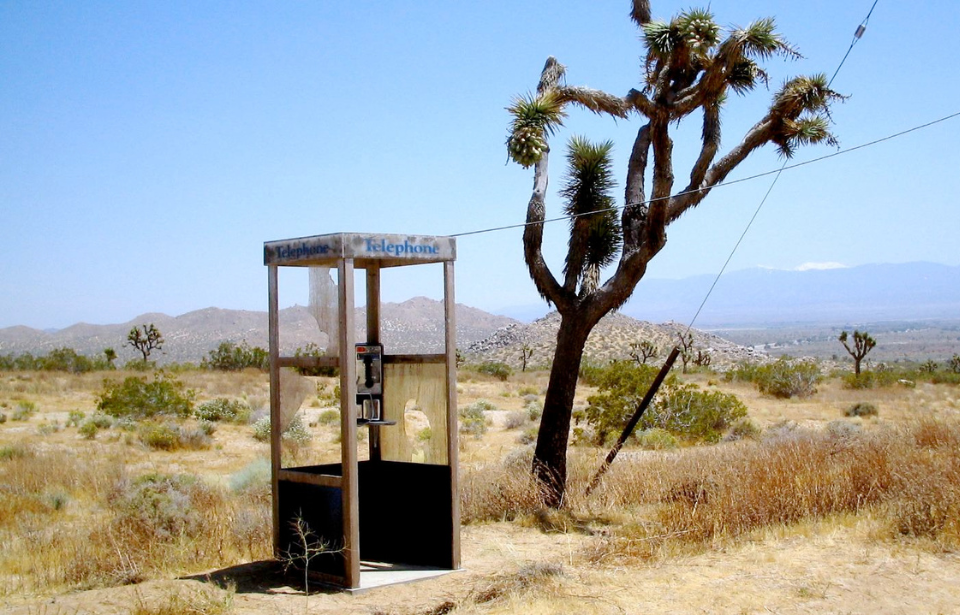If you ever find yourself lost in the Mojave desert and out of reception, don’t worry, there’s a public phone you can use. Not just that, if you are in any luck, you just might get surprised by a phone call and have a nice chat with a complete stranger. At least that was the case until not so long ago when the booth was removed for good.
The phone booth rose in fame
The phone booth put in the most peculiar place in the middle of nowhere with no paved road in sight had its own website at one point in time and inspired many stories. Some of these stories even got an official theatrical release. For instance, John Putch’s drama, Mojave Phone Booth, starring Annabeth Gish and Steve Guttenberg, gave the booth life on the big screen in 2006. An inspiration for many as it surely was, this booth holds its own interesting story as well. A story that led to its sudden rise in fame and glory, and ultimately to its demise.
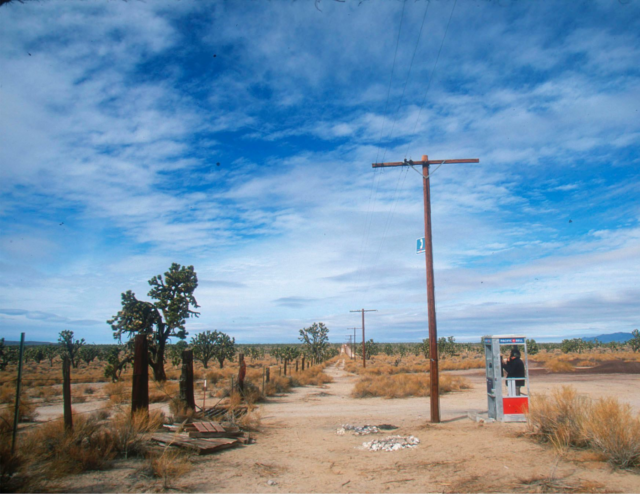
The booth was originally installed in the 1960s at the request of Emerson Ray, the owner of the Cima cinder mine. He requested its installation so that it could be of service for the local volcanic miners that used to work and live there. Now completely deserted, that area is part of the Mojave National Preserve in California.
It was a strategic phone booth
While we may think its location was a bit odd, during those times, it was very strategic. It also wasn’t the only one placed by the Californian government. They intended to give locals who lived in the isolated parts of the desert some form of connection and assistance if they were ever in dire need, and the phone booths provided that.
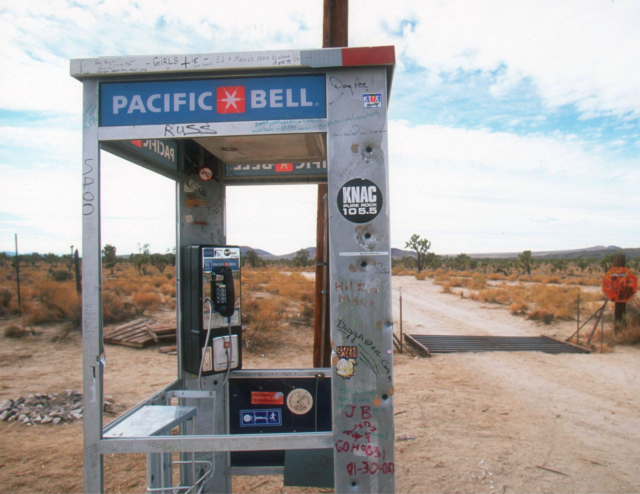
However, with the depletion of the nearby mine and the abandonment of the Cima settlement, which is now a ghost town, the Mojave phone booth was of no use for anyone anymore. So, it became an intriguing relic for people passing by, raising questions if this area was once a place where people commuted.
Calling the phone booth
Deserted and alone, the booth was standing for decades on an intersection of two remote dirt roads where almost no one ever passed by. In 1997, a man surprisingly spotted a phone booth icon on his map and, strangely curious about it, explored the place. He wrote a letter about everything he found, including the phone number of the booth, and decided to give it to a local underground magazine in Los Angeles. The man who read it, Godfrey Daniels, was the man who actually sparked the fame around the Mojave phone booth.
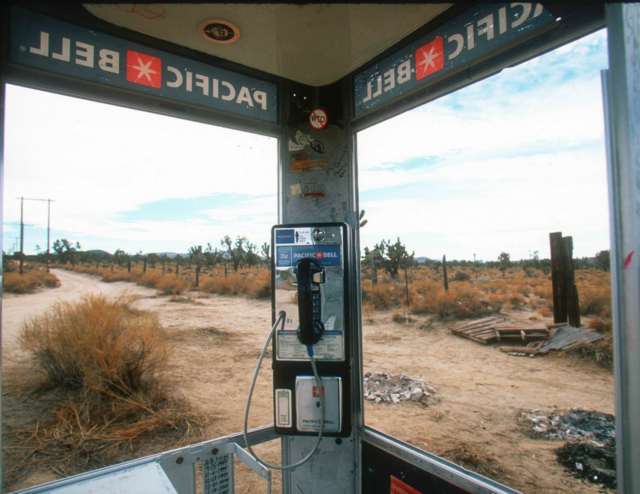
He dialed the number, not sure if the number or the booth were real. The phone was ringing, but no one answered. He dialed again, and again, and inclined his friends to do the same, with no luck. However, suddenly one morning, he got a busy signal and decided to dial obsessively in order to get in touch with the person on the other end.
Soon enough, a man, one of the few left living in the vicinity, picked up the phone and the two started chatting. Godfrey made a web page about his experience afterwards, mentioning the location of the booth and its phone number. Soon enough and thanks to the internet, the booth became a sensation, and the phone, once silent, was now ringing off the hook.
The demise of the Mojave phone booth
Although popular, the phone booth, located on a nature preserve, was becoming a nuisance to the National Park Service. The phone was ringing constantly, disturbing the wildlife, waves of tourists came in large numbers to visit the booth and take stock of the place. Some visitors worshipped the booth, saying that they were waiting for a call from God.
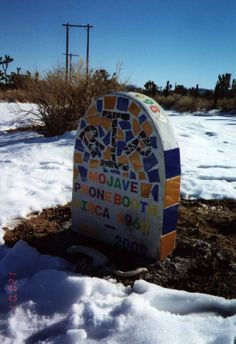
Read More: The Man Who Risked His Life Savings to Resurrect a California Ghost Town
Too famous for its own good, the booth was finally removed in 2000. Upon its removal, being a cult favorite for many, people even gave this lonely booth a tombstone to commemorate its existence. It makes us ponder, if that first phone hadn’t happened, perhaps the Mojave phone booth might still be standing. Either way, it is the only phone booth to have its own tombstone, and it seems people have been quite sad to see it “pass.”
